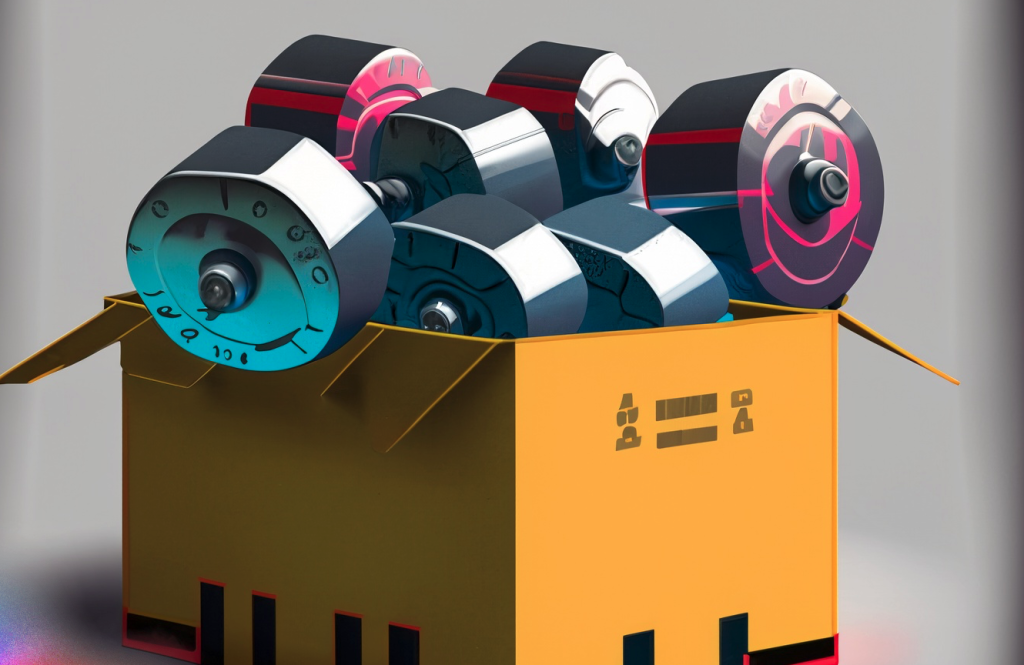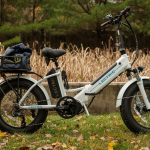
Can You Put Heavy Things in a Roof Box?
A roof box can be a great way to add extra storage space to your vehicle when going on a road trip or moving. But with their location on top of your car, you may wonder what weight limits apply and whether you can put heavy items in a roof box. In this article, we’ll explore the answer to that question, best practices for weight distribution, weight capacity factors to consider, and examples of heavy items that may or may not work well in a roof box.
The Short Answer
Most roof box manufacturers indicate weight capacities between 110-165 lbs or 50-75 kg. The vehicle’s roof load capacity also comes into play. Generally speaking, you can put heavy things in a cargo box, but within reason based on box and roof limits. Overloading could lead to damage or unsafe driving conditions.
Balancing Weight Distribution
When placing heavy items in a roof box, proper weight distribution is key. Here are some tips:
- Place heavy items toward the front and center of the box, over the roof bars
- Intermix heavy items with lighter ones
- Evenly distribute weight side-to-side
- Don’t overload one area of the box
- Secure contents to prevent shifting
Following these guidelines will place weight on the strongest parts of the box and evenly across the roof.
“When packing your roof box, be sure to spread the contents out evenly from side-to-side and front-to-back. This balanced weight distribution will put less strain on the box and your vehicle’s roof.” – Tanya James, camping enthusiast
Box Weight Capacity Factors
There are a few key factors that determine a cargo box’s weight capacity:
- Box size – Larger boxes allow you to distribute weight more evenly. A small box concentrated in one spot can cause excessive pressure.
- Box quality – Premium boxes are made of durable materials engineered to handle greater loads. Cheaper boxes have lower capacities.
- Mounting system – How the box attaches to the roof bars also affects capacity. Some systems are rated for heavy loads.
Consult your owner’s manual or the manufacturer’s website to find your specific roof box’s rated weight capacity. This is the maximum weight you should load it with.
Vehicle Roof Load Capacity
In addition to the roof box itself, you need to consider your vehicle’s roof load capacity. This rating specifies how much total weight the roof can handle without damage.
Factors that influence roof load capacity:
- Vehicle make and model – Check your owner’s manual
- Roof construction – Steel roofs handle more weight than fiberglass
- Roof rack system – Heavy-duty bars and mounts can support more weight
- Number of mounting points – More connection points distribute weight better
Exceeding the roof’s load capacity risks damage such as dents or warped roof panels. Always load the combined weight of roof contents within your vehicle’s recommended limit.
Are you looking for a new stronger cargo box?

Examples of Heavy Items for Roof Boxes
Here are some examples of heavy items you may want to transport and whether they could work in a roof box:
✅ Camping equipment – Tents, sleeping bags, cookware. Dense but spread out evenly.
✅ Sports/outdoor gear – Bicycles, kayaks, skis, snowboards. Use proper carriers to transfer weight off box.
❌ Building materials – Bricks, lumber, tools. Too heavy for most roof boxes. Excess point weight.
❌ Appliances – Coolers, generators, outdoor grills. Too heavy. Causes uneven weight distribution.
The key is avoiding excessive point weight on any one spot. Very dense items may exceed weight limits even if not overly large. err on the side of caution when loading.
Key Takeaways
- Check weight capacity of your roof box and vehicle roof
- Distribute weight evenly side-to-side and front-to-back
- Avoid placing all weight in one area of the box
- Heavy but spread out items like camping gear are fine
- Very dense items may be too heavy even if compact
- Overloading can damage your roof box and vehicle
With some care taken when packing and loading, most roof boxes can accommodate heavier items within reason. Just be sure to stay below stated weight limits and spread out the load. Then you can use your roof box to transport heavy gear securely.








